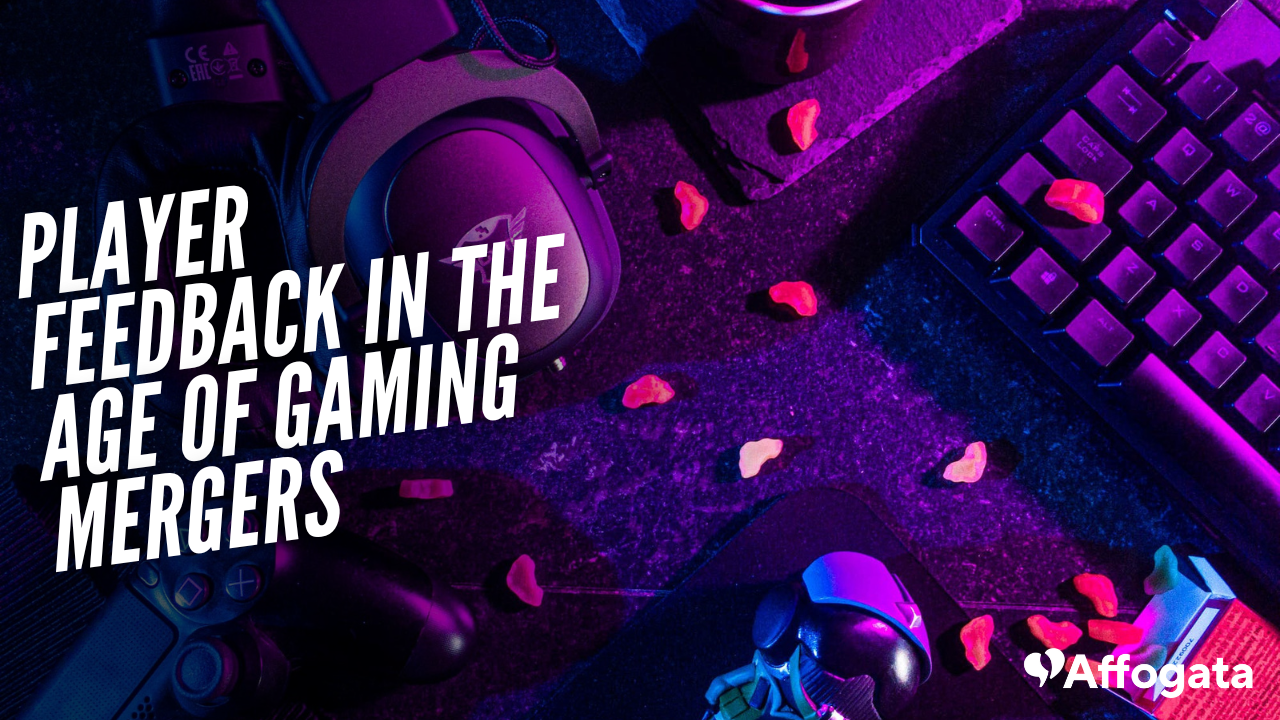With the recent announcement of Sega acquiring Rovio, the gaming industry’s mergers and acquisitions trend of the last 10 years continues full steam ahead. Japanese-based gaming giant Sega, with its Sonic the Hedgehog brand, would pay $776 million to buy Finland-based and “Angry Birds” hit maker, Rovio.
This buyout, while merging two very popular brands, still falls short of the 10 most expensive video game acquisitions of all-time, as per the 2014-2023 list. Nine of those deals total $49.8 billion. But when adding the biggest deal, the yet-to-be-completed Microsoft’s acquisition of Activision Blizzard for $68.7 billion, all of those buyouts result in the staggering figure of $118.5 billion.
Increasing player base and profits while also creating synergy
When one gaming company buys another gaming company, the obvious goal is to increase the player base which leads to increasing profits. With some brands, another goal can be to create some synergies between them in order to bring more players to start playing the game they are not yet familiarized with.
For a company which only deals with PC and console, acquiring a mobile game and bringing it into its existing fold can be quite exciting. In the case of Microsoft going after Activision, one of the benefits mentioned is to bolster the great games’ lineup designed to run on both the Xbox consoles and PCs.
Microsoft already enjoys the fruits of buying Zenimax Media in 2021 and bringing its large library into its Xbox world. Popular games such as Doom and the Elder Scrolls helped increase the Xbox popularity and reputation as well as strengthening the company’s Game Pass library.
Expansion of a gaming brand into further territories is always on the table too, as can be seen in the case of Sony’s hit game The Last of Us. The HBO 2023 television adaptation is a great example of how a popular video game, launched in 2013, can take shape in other media, increasing its brand popularity and creating the chance for new players to join in and play it.
A lot more players means a lot more challenges
The Sega acquisition’s press release has mentioned that the Rovio games have been downloaded over 5 billion times. That means tons of new players to deal with.
Sega also wants the Rovio games to help it expand its mobile gaming presence, since the buyer excels mainly in consoles. Sega wishes to use Rovio’s live-operated mobile game development capabilities also to increase development of mobile-based versions of its existing games.
With all of these new territories to conquer, one major challenge that comes to mind is how to handle the new and much larger player count, for each brand separately (Angry Birds and Sonic the Hedgehog, for example) as well as manage the new possible marketing and brand synergies that Sega may wish to pursue.
After all, players would hate to see the service behind each title failing to maintain excellence, if dealing with huge volumes of players all at once does not get the proper treatment from Sega. After all, fixing bugs or listening to player complaints and replying to them asap should not suffer as a result of the created larger player base.
What does it mean for the companies’ player feedback analysis
One solution to such challenges can be to employ a strong AI-Driven Player Feedback Analytics platform, one that can handle large amounts of player feedback data and analyze it in real-time. Some of the areas by which the AI platform can answer the above mentioned challenges are:
Data quantification and qualification of player feedback data points
Having to deal with tons of comments on a variety of game-related topics calls for organization, which in the case of AI platforms, means to categorize the issues and then list them in order of quantity. A technical bug, for example, with 100,000 similar comments about it would receive top priority when compared to a different issue which garnered only 300 mentions.
Sorting out the top issues leads to a better understanding and then their handling by the gaming company’s leadership team.
On the qualification side of things, a player feedback analytics platform will add a layer of sentiment analysis to better understand what players feel about the game and its features.
Alerting on sentiment changes
AI-Driven Player Feedback Analytics platforms can spot community peaks, either positive or negative, and alert immediately about them. For example, when many players comment about a specific technical bug or a game lag, and the gaming company sees a peak of negative mentions, it can immediately figure out that a problem exists and fix it.
On some occasions, the player feedback alert comes even before the QA has managed to locate the technical bug. And since the data produced shows the amount of players complaining about the same problem, the company can in minutes understand just how large the problem is.
Replying to player comments from an “all-in-one” place
Since players comment from all over the open web, a good AI-Driven Player Feedback platform can track all comments and conversations and bring them all into one place. That enables the company’s reaction team, be it the community or the customer service units, to reply to all mentions from one place.
Since dealing with huge amounts of mentions, the platform can also check which comments have been dealt with and which have yet to be replied to, enabling managers to better handle their player base’s feedback.
If you wanna learn more about how Affogata can help your studio make the best games, talk to us!
